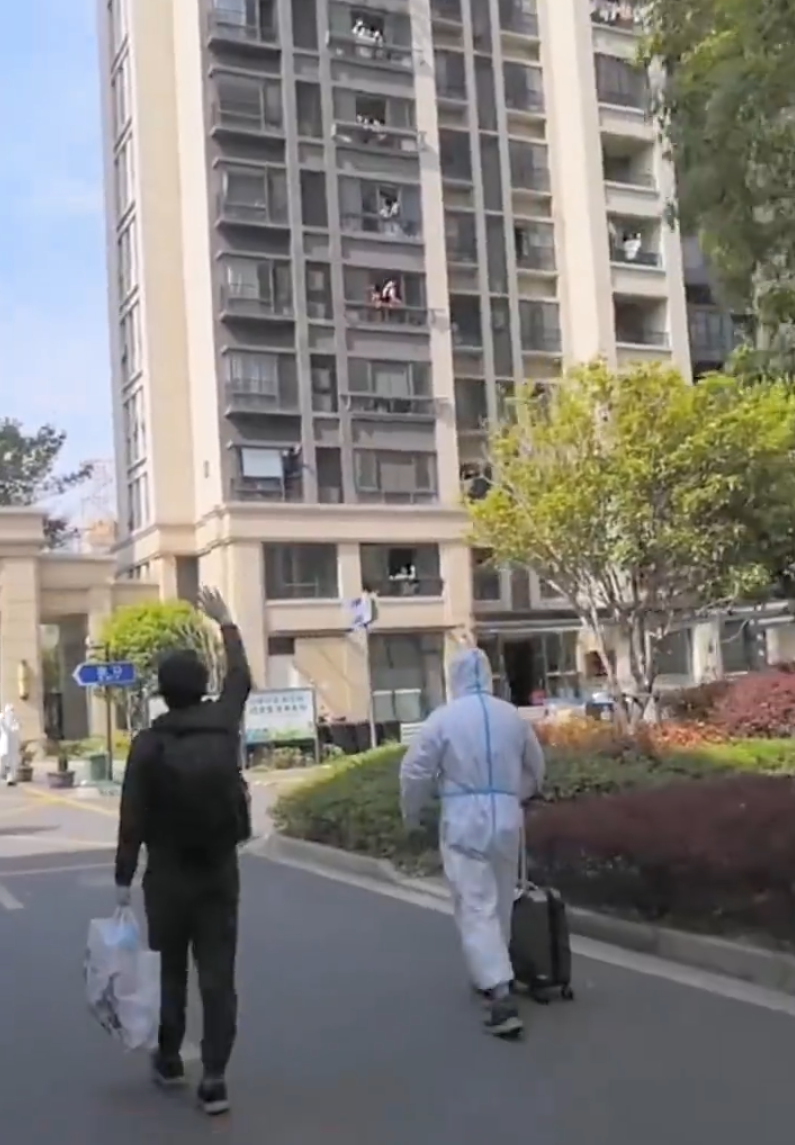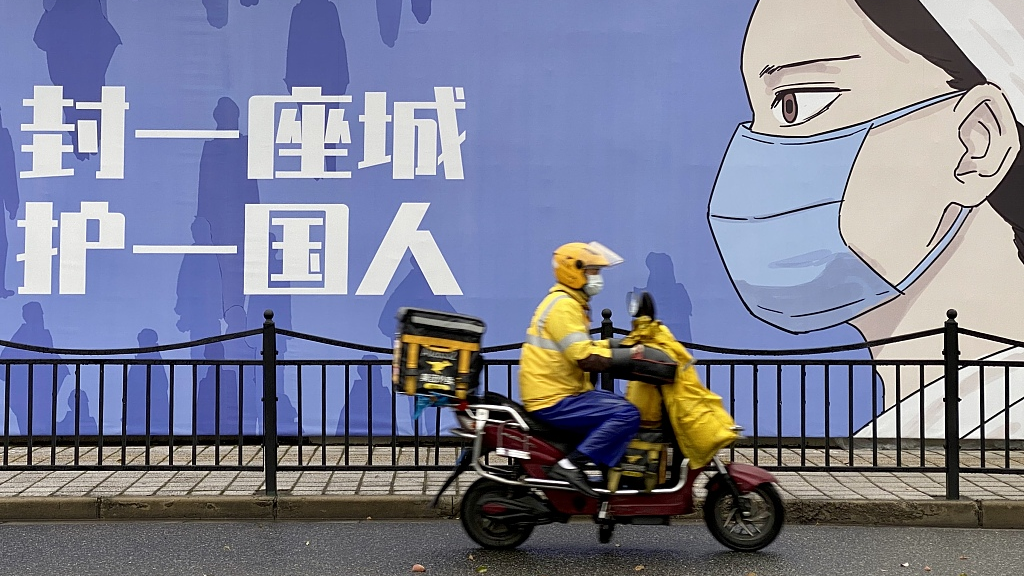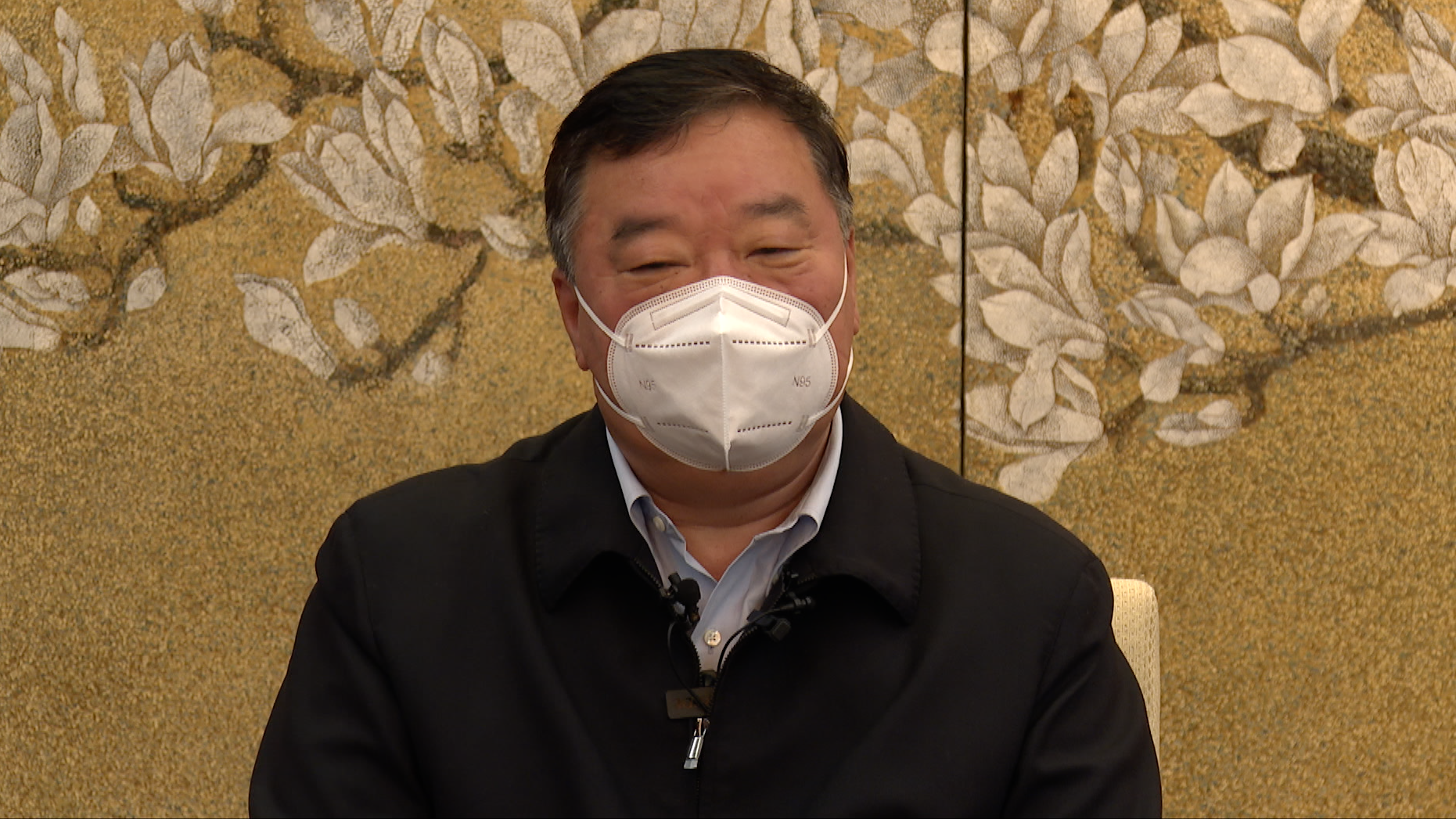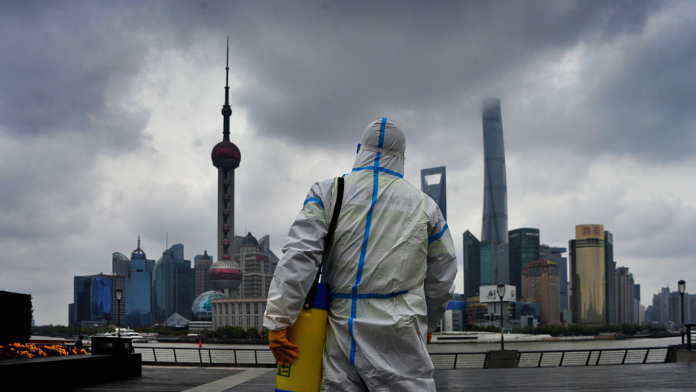SHANGHAI: Authorities in China’s financial hub of Shanghai began to partially lift community lockdowns on Monday.
People living in more than 40 percent of Shanghai’s residential compounds will be able to walk out of their homes after staying there for weeks after the city became the worst hit of China’s latest COVID-19 surge.
Shanghai reported 25,173 new asymptomatic infections on Sunday, up from 23,937 the previous day, although symptomatic cases edged down to 914 from 1,006.
From 3 p.m. on Monday, markets, convenience stores, drug stores and baby care stores in some of the unlocked areas started to return to business and other places will also reopen if the outbreak further eases.
Closed-off, controlled and prevention areas
To reboot the city, the local government has divided residential units into three categories, consisting of 7,624 “closed-off areas” that are still sealed off, 2,460 “controlled areas” that have had no new infections for a week, and 7,565 “prevention areas” that have been opened up after two weeks of no positive cases, said Gu Honghui, deputy secretary-general of Shanghai Municipal People’s Government, at a news briefing on Monday.
The city has allowed those in areas without positive cases for a stretch of two weeks to engage in “appropriate activity” in their neighborhoods, said Gu, adding that the city would make “dynamic” adjustments to the residential classification system as it vowed greater efforts to minimize the impact of curbs on the 25 million people living in the city.
“We also hope all citizens and friends will continue to support and cooperate with the city’s epidemic prevention and control work,” said Gu.
Those living in “prevention areas” can now move around their neighborhoods, but must observe social distancing and could be sealed off again if there are new infections, he added.
Welcome home
China Media Group (CMG) put up a video on social media showing a resident returning home being welcomed by neighbors singing songs on their balconies.

A resident waves to neighbors as they sing songs to welcome him back from medical observations, Shanghai, China, April 11, 2022. /CMG
“I’m pretty moved by my neighbors’ melodies,” the resident, surnamed Wang told CMG. “At first I felt sorry for bringing them trouble but their positive energy warmed up my heart.”
Wang is one of the 11,000 people who completed medical observation on Sunday.
About 2,000 COVID-19 patients were released from a local temporary hospital on Monday after full recovery. Each of them received a gift pack that can help them maintain health after going back home.

Logistics personnel serving the express delivery, security, cleaning and supply chain have contributed significantly to ensure Shanghai’s continued operation during the current COVID outbreak. /CFP
Anti-COVID measures for logistics personnel
During the Omicron outbreak in Shanghai, logistics personnel serving the express delivery, security, cleaning and supply chain have contributed significantly to ensure the city’s continued operation, Gu said. The city should care more about logistics personnel and ensure their safety with joint efforts of enterprises, communities and individuals, the deputy secretary-general added.
Enterprises should strictly fulfill responsibilities by conducting two tests for each employee every day: one antigen test in the morning and one nucleic acid test in the afternoon or evening, according to the official.
He further pointed out, in addition to providing more training for staff, enterprises should also care about their employees’ daily health condition and offer adequate personal anti-COVID protective articles for them.
In communities with no positive cases reported within seven days, logistics personnel can enter and leave a community with a negative result of an antigen test through application with an employee ID, work certificate and proof of negative nucleic acid test within 48 hours.
Individuals should wear masks, a face screen and gloves in public areas to keep oneself and others safe, Gu also said.

Liang Wannian, head of the COVID-19 Expert Team of the National Health Commission, said it was misleading to call Omicron a ‘big flu.’ /CMG
Misleading to call Omicron a ‘big flu’
Is Omicron just a “big flu”? According to Liang Wannian, head of the COVID-19 Expert Team of the National Health Commission, the answer is no. He said Omicron has been mutating and the direction of the mutation is unclear.
Thus, he said it was misleading to call Omicron a “big flu” and warned lowering China’s guard would expose its huge elderly population to risk. “If we ‘lie flat,’ the epidemic would just be a disaster for these kinds of vulnerable people.”
Shanghai faces pressure not only to curb local transmissions but also halt the spread to other regions, Liang added.























